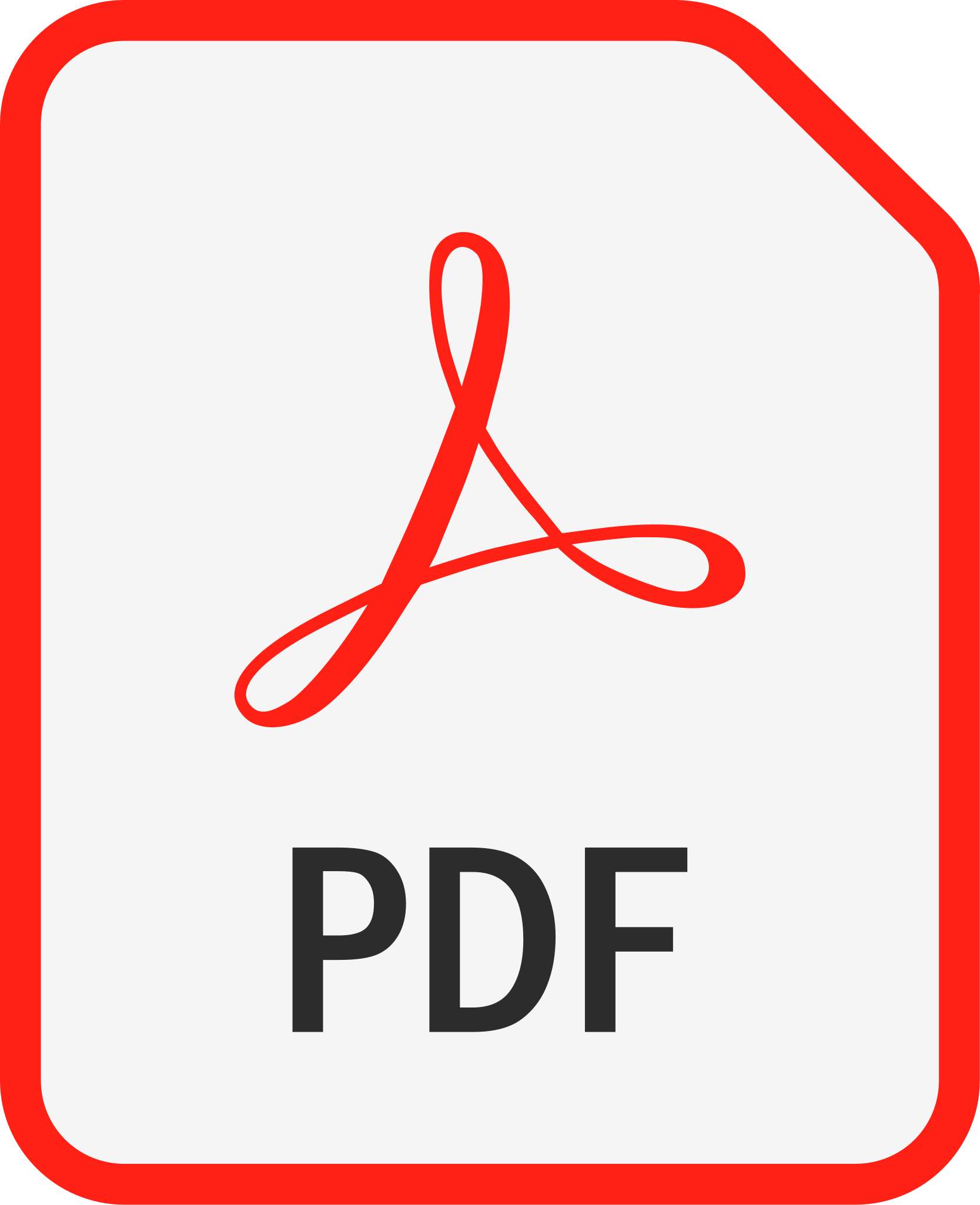Understanding Product Certifications for IoT Devices: Ensuring Security and Compliance
In today's interconnected world, IoT devices are transforming industries—from smart homes and healthcare to industrial automation and critical infrastructure. However, with this rapid expansion comes the critical need for product certifications to ensure security, interoperability, and regulatory compliance.
Imagine a company developing a smart home security camera designed to monitor residential properties. Before launching their product in global markets, they must obtain several key certifications to meet regulatory and cybersecurity standards:
1. FCC Certification (For Wireless Communication in the U.S.)
Since the camera connects via Wi-Fi, it must comply with the Federal Communications Commission (FCC) regulations in the United States. The FCC certification ensures that the device does not interfere with other electronic communications and adheres to radio frequency (RF) emissions standards.
2. CE Marking (For European Market Access)
To sell in Europe, the manufacturer must obtain CE marking, confirming that the device meets health, safety, and environmental regulations under the EU Radio Equipment Directive (RED). This certification is critical for ensuring that the product is safe for consumers and complies with wireless and electromagnetic compatibility (EMC) standards.
3. UL 2900 (Cybersecurity Certification for IoT Devices)
Given the rise of cyber threats, the manufacturer must demonstrate that the camera is secure against hacking attempts. UL 2900, developed by Underwriters Laboratories (UL), evaluates IoT devices for vulnerabilities, encryption standards, and security best practices. Passing this certification reassures customers that their smart camera is protected from cyber intrusions.
4. ISO/IEC 27001 (Information Security Management System - ISMS)
For cloud-connected devices, ensuring data privacy and secure storage is essential. By obtaining ISO/IEC 27001 certification, the company demonstrates that it follows best practices for information security management, including data encryption, access control, and secure cloud storage.
5. ETSI EN 303 645 (IoT Security Standard for Consumer Devices)
To comply with European IoT security regulations, the company needs ETSI EN 303 645 certification. This standard mandates strong password policies, secure software updates, and protection against unauthorized data access, ensuring consumer safety and privacy.
6. PCI-DSS Compliance (For Payment Security in IoT Devices)
If the smart camera integrates with a subscription-based cloud storage service, it must comply with Payment Card Industry Data Security Standard (PCI-DSS) requirements to securely handle customer credit card transactions.
7. RoHS & WEEE Compliance (Environmental Standards)
To ensure that the product is environmentally friendly, the manufacturer must comply with:
RoHS (Restriction of Hazardous Substances) – Prohibiting harmful materials like lead and mercury in electronic devices.
WEEE (Waste Electrical and Electronic Equipment Directive) – Ensuring proper recycling and disposal of the product at the end of its lifecycle.
Conclusion: Why Product Certifications Matter
By obtaining these certifications, the smart home security camera manufacturer ensures that their device is safe, secure, legally compliant, and market-ready. Without them, the product could face legal restrictions, security risks, and loss of consumer trust.
For businesses developing IoT solutions, working with ECS-Certifications can simplify the certification process, ensuring fast approvals, regulatory compliance, and seamless market entry. Whether launching a smart thermostat, industrial sensor, or connected healthcare device, ensuring compliance with global IoT certification standards is key to success.

 Letter of Salute
Letter of Salute